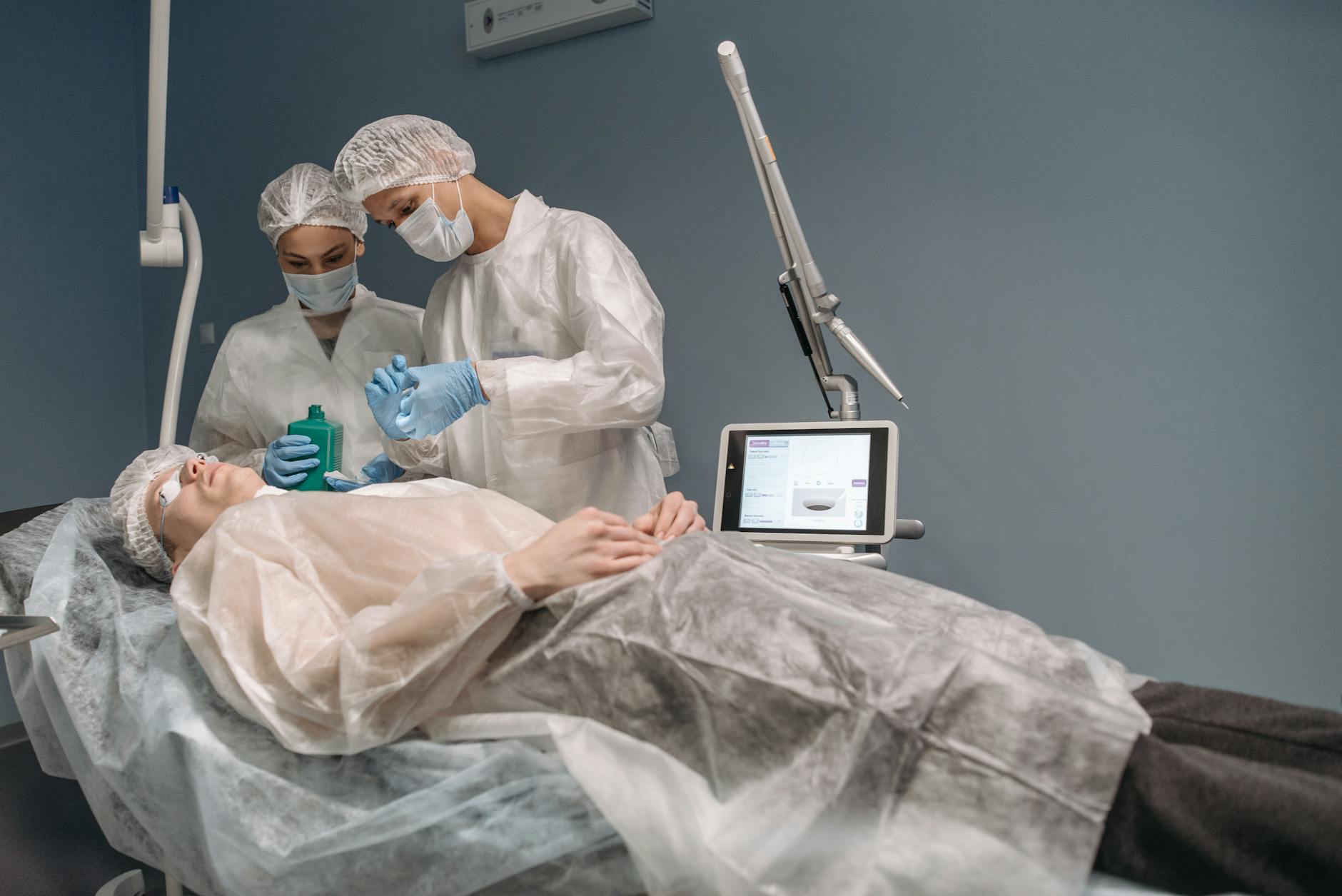
She thought it was only about size
She said she wanted a breast surgery.
But couldn’t name what kind.
Didn’t know the difference.
Didn’t know the options.
Only knew she wanted to feel better in her clothes.
Not bigger.
Not smaller.
Just better.
There’s no one version of breast surgery
It’s not just implants.
It’s not just reduction.
There are lifts.
There’s reshaping.
Symmetry correction.
Reconstruction.
Even fat transfer.
Each body starts from somewhere different.
Each goal means something else.
She thought implants were the only option
That’s what most people think.
But she didn’t want volume.
She wanted shape.
And firmness.
Not weight.
Not roundness.
That’s when they explained the lift.
And how it worked.
A lift isn’t about adding—it’s about returning
The tissue drops over time.
Or after breastfeeding.
Or weight loss.
A lift doesn’t add anything.
It repositions.
It anchors what has shifted.
So bras don’t do all the work anymore.
So the body supports itself again.
Some want to remove what no longer feels like theirs
She had implants.
Ten years.
Then they felt foreign.
Too visible.
Too firm.
Too heavy.
She wanted them out.
Wanted to look soft again.
Natural.
Like herself.
But now.
It doesn’t always come from insecurity
He asked why she wanted surgery.
She said she didn’t hate her chest.
She just didn’t recognize it.
Time had moved on.
Her body had changed.
And this was part of catching up.
Not self-hate.
Just self-alignment.
Breast reduction isn’t always about size—it’s about relief
She had back pain.
Neck pain.
Grooves in her shoulders from her bra.
She didn’t want to go small.
Just lighter.
Just more mobile.
That’s what reduction gave her.
Not aesthetics—
Function.
Some surgeries are about restoring after loss
She’d had a mastectomy.
Didn’t want to “replace” what was gone.
She wanted balance.
She wanted a body she didn’t have to explain.
Reconstruction offered that.
Not because breasts define her.
But because she missed feeling complete in clothes.
Every choice depends on what you want to feel
Not what you want to see.
The photos help.
But they don’t tell the whole story.
You have to describe the feeling.
How you want to move.
Stand.
Dress.
Feel in your skin.
The surgeon doesn’t choose the goal—you do
They guide.
They measure.
They suggest.
But they don’t decide.
They listen.
They shape based on your words.
And sometimes,
they help you say what you haven’t yet figured out.
She didn’t want perfect—she wanted proportional
Her breasts weren’t too big.
Just too far apart.
Too low.
Too uneven.
She didn’t need dramatic change.
Just subtle return.
To center.
To balance.
The incisions vary—but so do the results
Some leave scars under the breast.
Some circle the areola.
Some go vertically down.
It depends on the change needed.
More lift, more access.
But many scars fade.
Some are invisible in bras.
Some are worth it.
It’s not a fast recovery—but it’s often a steady one
The first few days are sore.
Tight.
You move slowly.
Lifting is limited.
But most people return to work in a week.
Activity builds gradually.
You feel stronger before you look different.
The results aren’t instant—they unfold
Swelling lasts.
Shape takes time.
You won’t know the final result for months.
But each week tells a new part of the story.
Clothes fit differently.
Posture shifts.
You catch yourself standing taller.
There are risks—but also realities
Like every surgery, there are risks.
Bleeding.
Infection.
Scar tissue.
Asymmetry.
Loss of sensation.
But also relief.
Relief from discomfort.
From insecurity.
From hiding.
Not everyone will understand—and that’s okay
She didn’t tell her family.
He didn’t post online.
Some people don’t get it.
They think it’s vanity.
Or ego.
Or something to prove.
But sometimes,
it’s just something to restore.
That’s enough.
You don’t have to wait for it to feel unbearable
She thought she had to reach a breaking point.
But she didn’t.
She just had to be ready.
There’s no prize for waiting.
Only delay.
And discomfort.
That didn’t serve her.
So she stopped.
It’s not about looking younger—it’s about recognizing yourself
Age changes things.
That’s not a failure.
It’s just a shift.
But surgery gave her something back.
Not youth.
But familiarity.
That was enough.
You’re not required to want it—but you’re allowed to
You can like your body and still want change.
You can be grateful and still choose surgery.
You don’t owe anyone justification.
You just need to know your “why.”
